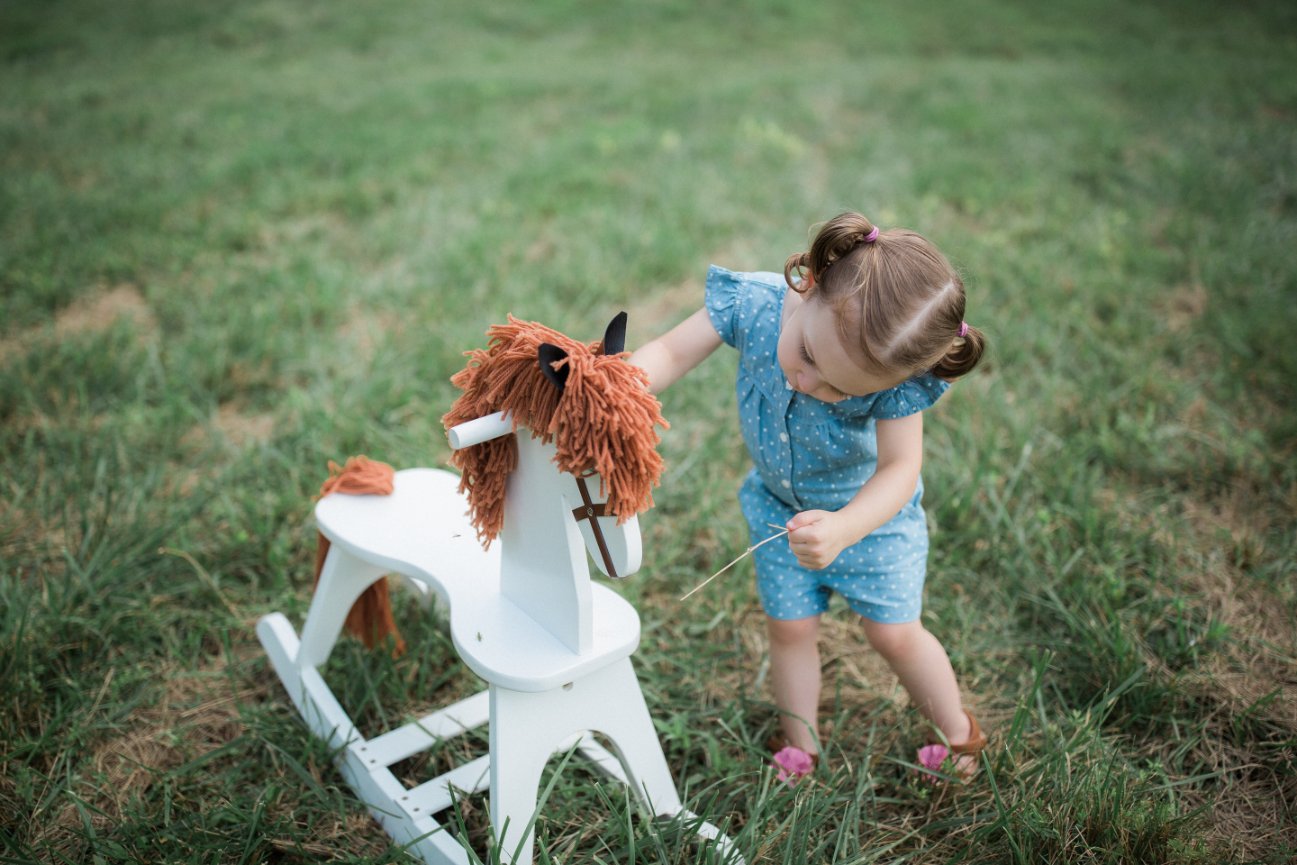

Unsightly objects, overexposed or particularly bright areas and blocks/dots of bright colour will all pull the eye from what it's meant to be focusing on so take a good look at your background before you take your shot and if possible, find a background that's not so obtrusive. Take a look at our tutorial on using points of interest in photography for more information on this. This doesn't mean you can't have secondary points of focus, it just means you should make every effort to make sure they don't steal all the limelight. Having too much going on in your frame can mean the person who's looking at it just keeps searching for a point of focus and soon gets bored of looking when they can't find one. By doing so you create balance in your shot as well as subtly guiding the eye. Shapes can be used in a similar way, for example, imagine a triangle and position three points of focus at the end of each point where the lines of the shape meet. You can position various focal points along your line or just have one main area focus at the end of your line that the eye will settle on. A road, for example, starting at one end of the shot and winding its way to the far end will pull the eye through the scene. Our eyes are unconsciously drawn along lines in images so by thinking about how, where and why you place lines in your images will change the way your audience view it.


Your frame can be man-made (bridges, arches and fences), natural (tree branches, tree trunks) or even human (arms clasped around a face).ĥ.

They can isolate your subject, drawing the eye directly to it, they can hide unwanted items behind it, give an image depth and help create context. It's a technique that works well for landscapes as you can position the horizon on one of the horizontal lines that sit in the lower and upper part of the photograph while you're vertical subjects (trees etc.) can be placed on one of the two vertical lines.įrames have various uses when it comes to composition. With the imaginary frame in place, you should place the most important element(s) in your shot on one of the lines or where the lines meet. The most basic of all photography rules, the rule of thirds, is all about dividing your shot into nine equal sections by a set of vertical and horizontal lines. This photo would be even better if the cat's ear wasn't cut off. Of course, there are times when this rule can be ignored but for the most part, pay attention to it. Cutting off your cat's tail, your dog's ears or even part of your model's head, will not only spoil your shot, but the unintentional limb chopping can also pull attention away from what the viewer should really be looking at. Keep an eye on the edges of your frame to make sure the person/animal you're photographing hasn't had any of their body parts chopped off by it. Patterns are another subject that when capturing, you should fill the frame with, aligning it up carefully to ensure it's straight. Filling the frame could involve you capturing them from the waist up or for more impact, fill the frame with just their face. This works particularly well with portraits when you're trying to capture something more intimate and focused or are shooting in a busy location where what's around them would just cause a distraction. If your shot is in danger of losing impact due to a busy background/surroundings, crop in tight around your main point of focus, eliminating the background so all attention falls on your main subject. If you have your own essential photography rules/guidelines, do share them with us in the comments section below. These tips will help you compose shots that are more visually appealing, hold attention and just stand out from the quick 'snapshots' many of us are too often guilty of capturing. Here are 9 top photography composition rules for you to learn, shoot with then if you want to, break.


 0 kommentar(er)
0 kommentar(er)
